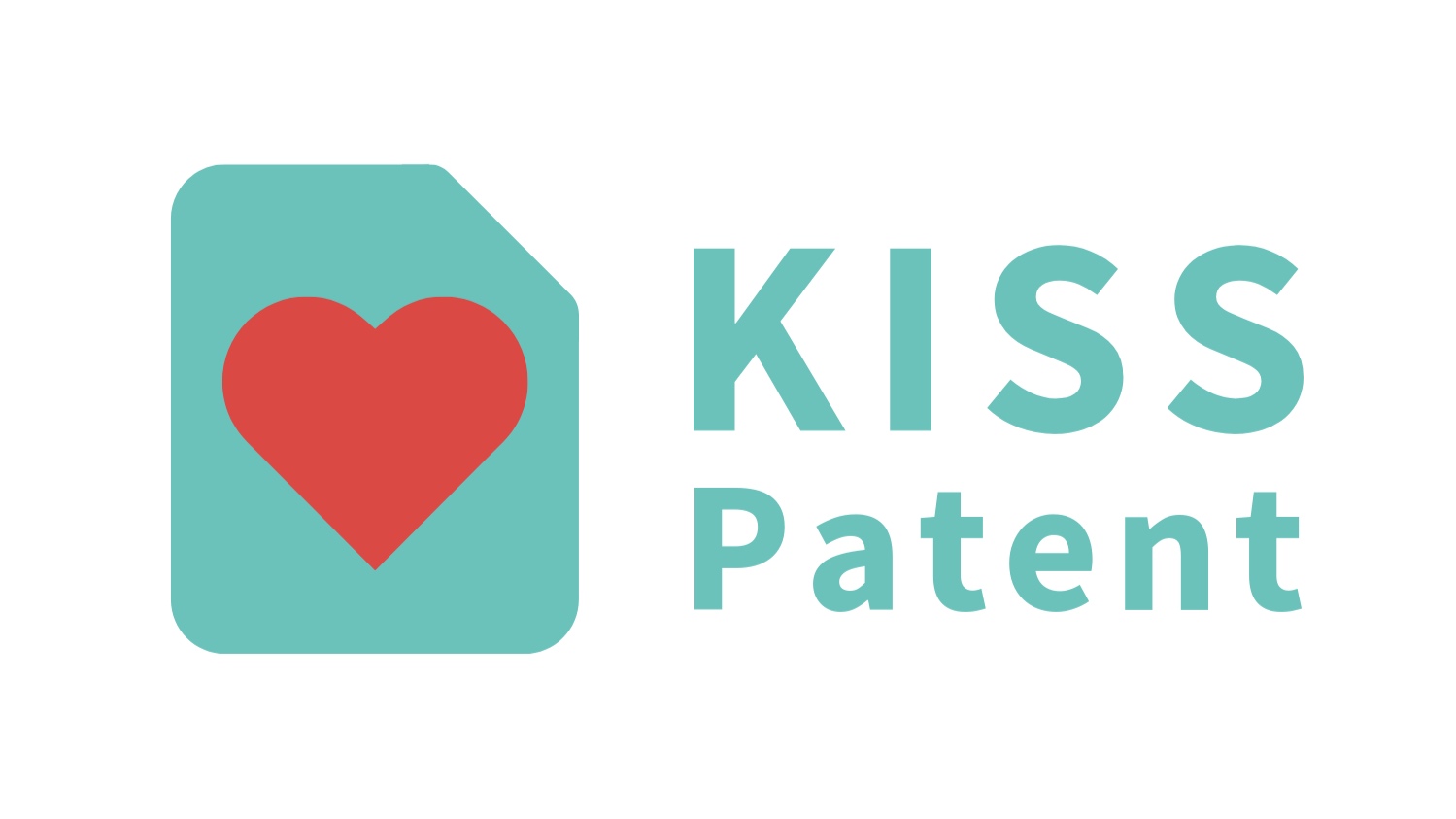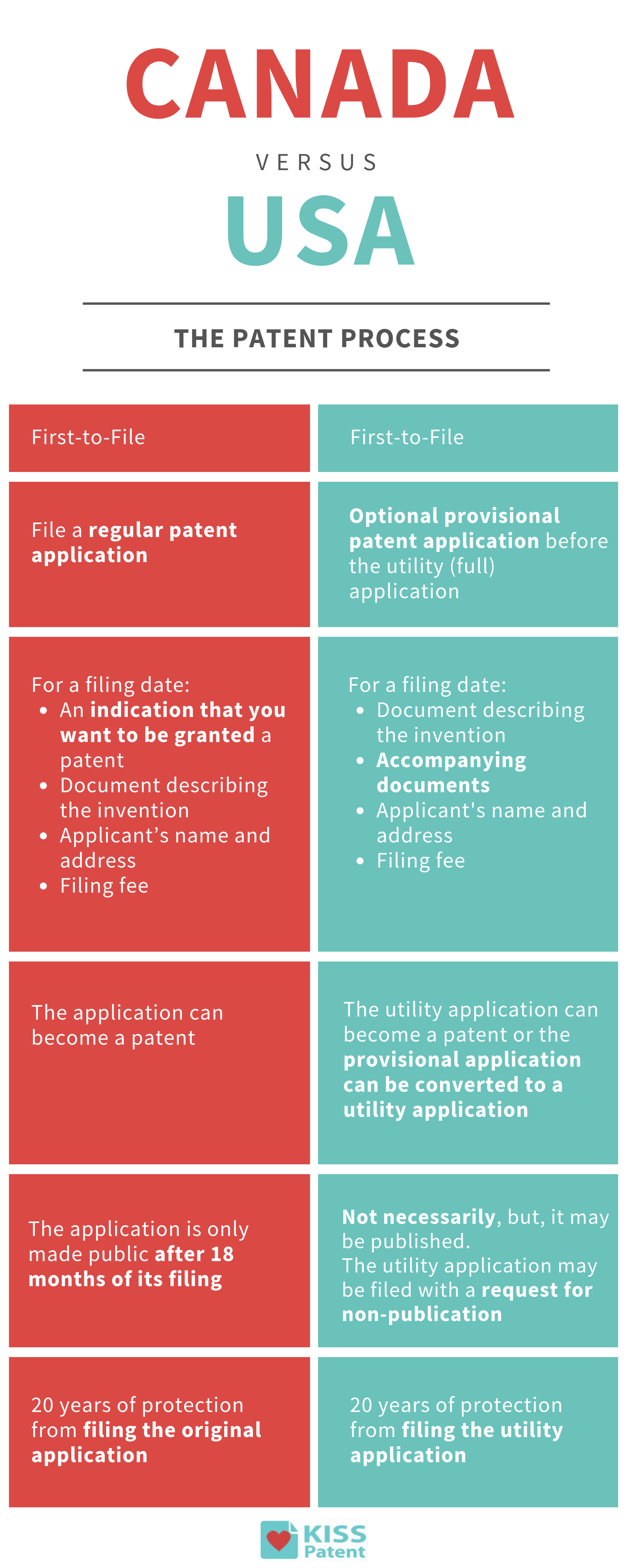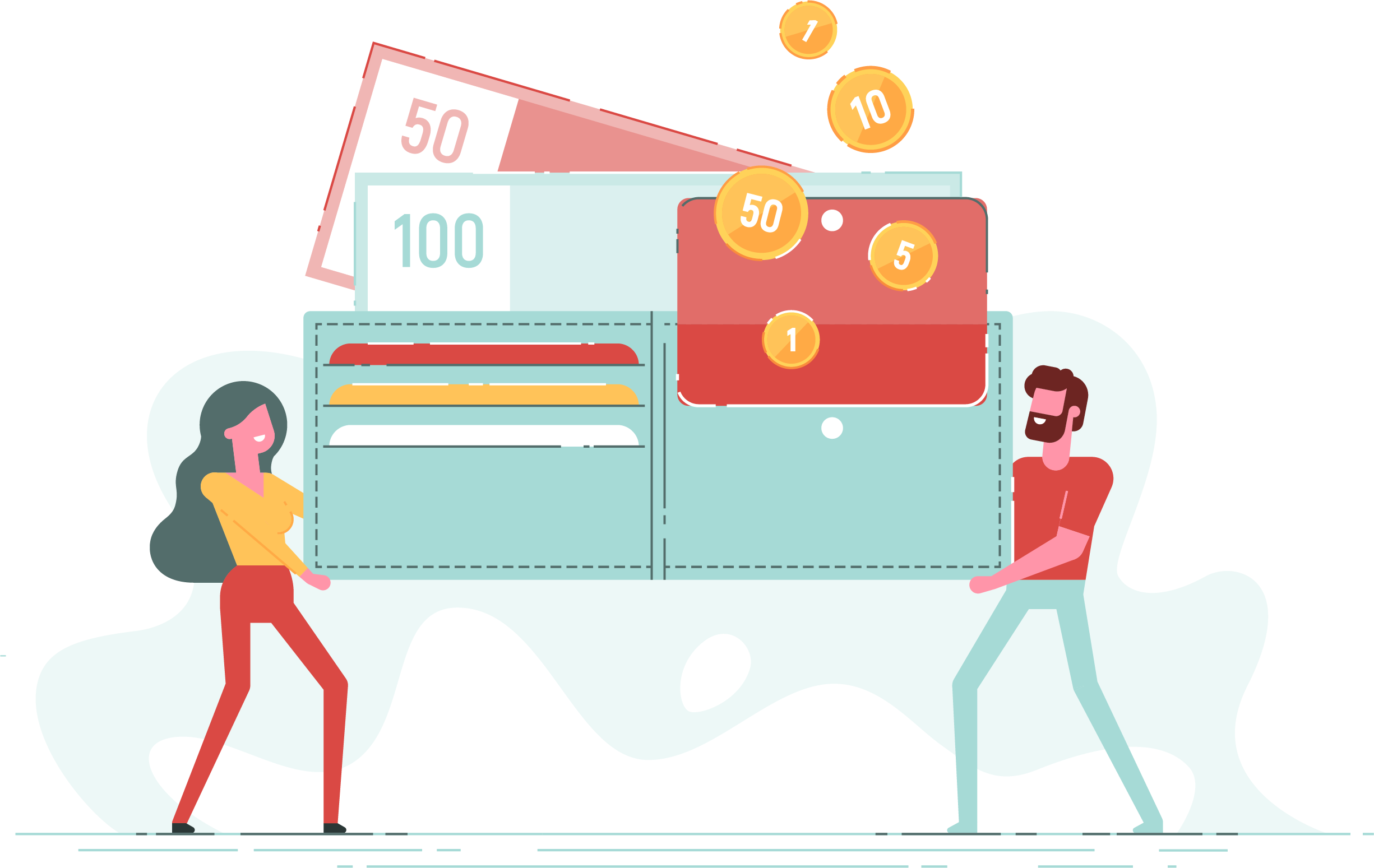Contrary to what you may think, there aren’t many differences between the Canadian application process and the US provisional application process as far as speed, complexity, flexibility, and costs go.
However, there are some important variations.
Let’s take a look.
The application Process
US Application
File a provisional patent application (optional)
File a utility (full) patent application that refers to the provisional application or, convert the provisional application into a non-provisional application.
Or - file a utility patent application without first filing a provisional.
Prosecute the utility patent application.
The US is “first-to-file”, regardless of who invented first - don’t wait to file!
Canadian Application
File a Canadian patent application.
Typically, one would pursue the prosecution of the original patent application. One could optionally file a second Canadian patent application claiming (internal) priority over the previously, regularly filed application.
Canada uses the “first-to-file” system as well.
Minimum requirements for a filing date
Canadian Application
The application must include:
An indication that you want to be granted a patent
A document in English or French that describes your invention
The applicant’s name
The applicant’s (or agent’s) address
A filing fee
US Application
The application must include:
A written description of the invention
Cover sheet with the title of the application, name(s) and city/country or state of the inventor(s)
Filing fee
The cover sheet and filing fee are not needed, but there is an extra charge if these are given at a later date
Ready to patent in the US or Canada?
Take our short survey to find out if a patent or another type of IP is right for your startup!
Can THe application become a patent?
Canadian Application
Yes
US Application
Provisional — no, unless it is changed into a utility application
Utility — yes
Is the content of the application made public?
Canadian Application
Not if the application is withdrawn within 18 months of its filing.
Otherwise, yes, after 18 months.
US Application
Not necessarily. If the provisional application is converted into a utility application, then it may be published.
The utility application may be filed with a request for non-publication, in which case it is published only upon grant.
Length of patent protection
Canadian Application
When pursuing the prosecution of the original application, 20 years from the filing date of the original application.
US Application
Up to 20 years from filing the utility application.
The provisional application filing date is not relevant.
Here is an infographic for those who need a TL;DR version of the differences between the two.
What To Know About the Patent Process In The U.S. Versus Canada
I hope this helps to demystify the U.S and Canadian patent application processes.
Nonetheless, it’s always best to seek professional counsel and advice to ensure broader claims, fewer rejections, and faster approvals — saving you time, headaches, and unnecessary expenses.
Drop me a line if you have any questions, I’m always happy to help!
Wondering if your idea is patentable? Have a question about this article? We can answer all of your questions — just hit "contact us" down below!































